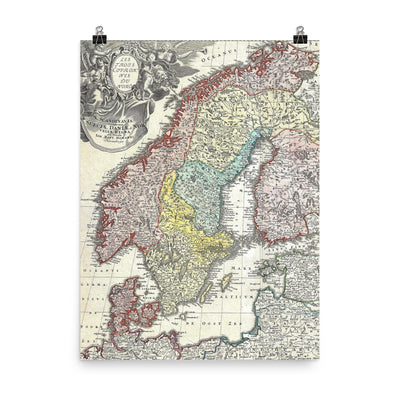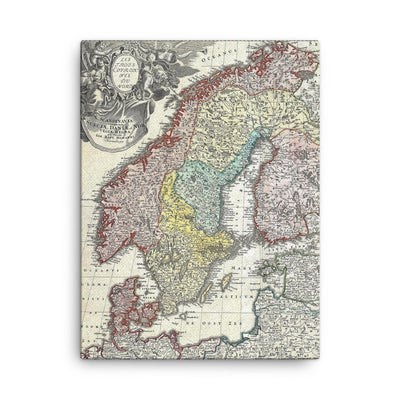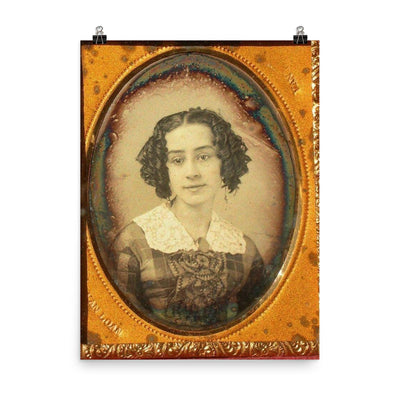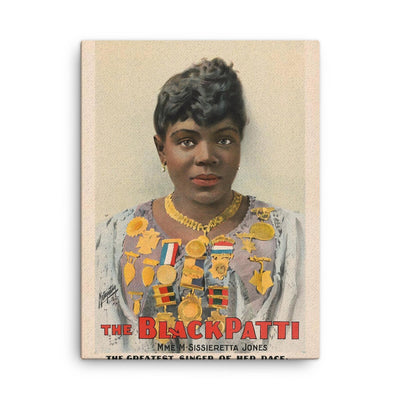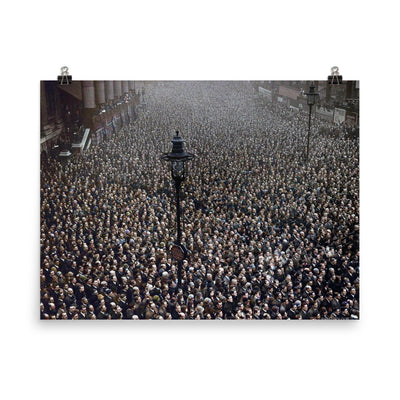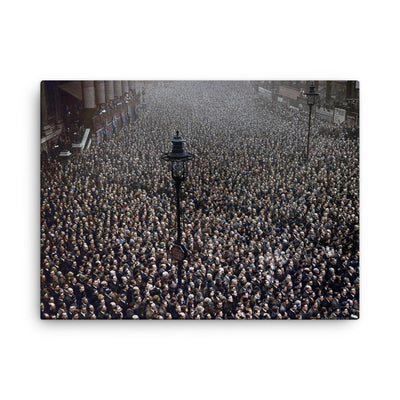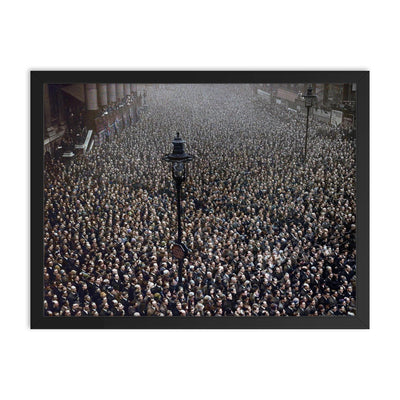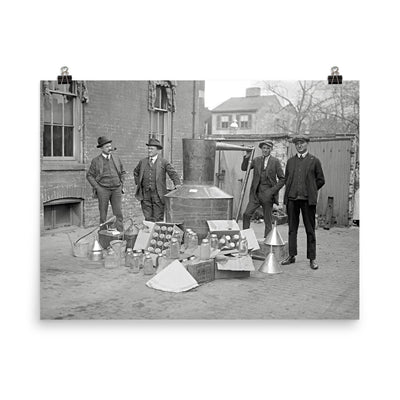Leonardo da Vinci is widely regarded as one of the greatest artists of all time.
He was a master of many fields, including painting, sculpture, architecture, engineering, and science.
In this article, we'll take a closer look at five of his most famous works that have stood the test of time.
Salvator Mundi

Salvator Mundi is a painting of Christ as the Savior of the World, and is one of the most expensive paintings ever sold.
It was created in the early 16th century, and it's believed that Leonardo da Vinci was the artist.
The painting was lost for many years, and it wasn't until 2005 that it was rediscovered and attributed to da Vinci.
It was then sold for $450 million in 2017, making it the most expensive painting ever sold at auction.
Mona Lisa

The Mona Lisa is perhaps the most famous painting in the world.
It's a portrait of Lisa Gherardini, the wife of a Florentine merchant, and it was painted by Leonardo da Vinci in the early 16th century.
The painting is known for its enigmatic smile, which has captured the imaginations of millions of people over the centuries.
The Last Supper

The Last Supper is a painting that depicts the last meal that Jesus Christ shared with his disciples before his crucifixion.
It was painted by Leonardo da Vinci in the late 15th century, and it's considered to be one of his greatest masterpieces.
The painting is known for its dramatic composition, with the figures arranged around a long table and the use of perspective to create a sense of depth.
Vitruvian Man

The Vitruvian Man is a drawing that illustrates the concept of human proportion, based on the writings of the ancient Roman architect Vitruvius.
It was created by Leonardo da Vinci in the late 15th century, and it's considered to be one of his most famous works.
The drawing shows a man with his arms and legs spread out, and it's used as a symbol of the ideal human form.
Lady with the Ermine

The Lady with the Ermine is a portrait of Cecilia Gallerani, the mistress of Ludovico Sforza, the Duke of Milan.
It was painted by Leonardo da Vinci in the late 15th century, and it's known for its use of chiaroscuro, a technique that uses light and shadow to create a sense of depth and three-dimensionality.
The painting features Cecilia holding an ermine, a symbol of purity and innocence.
















































